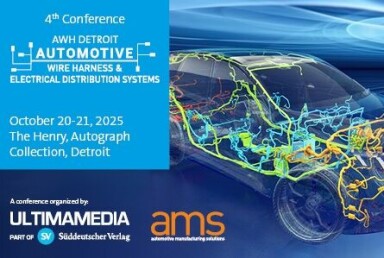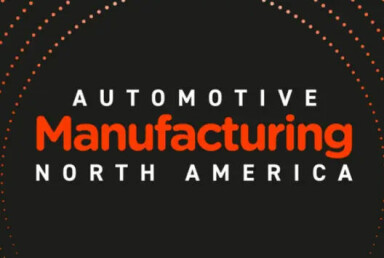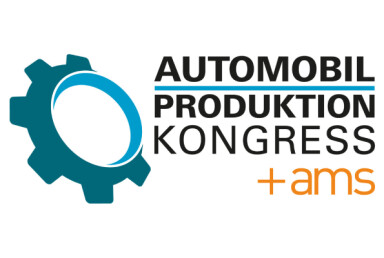Steel In Vehicle Production & Design
Steel sharpens its edge in automotive production & design
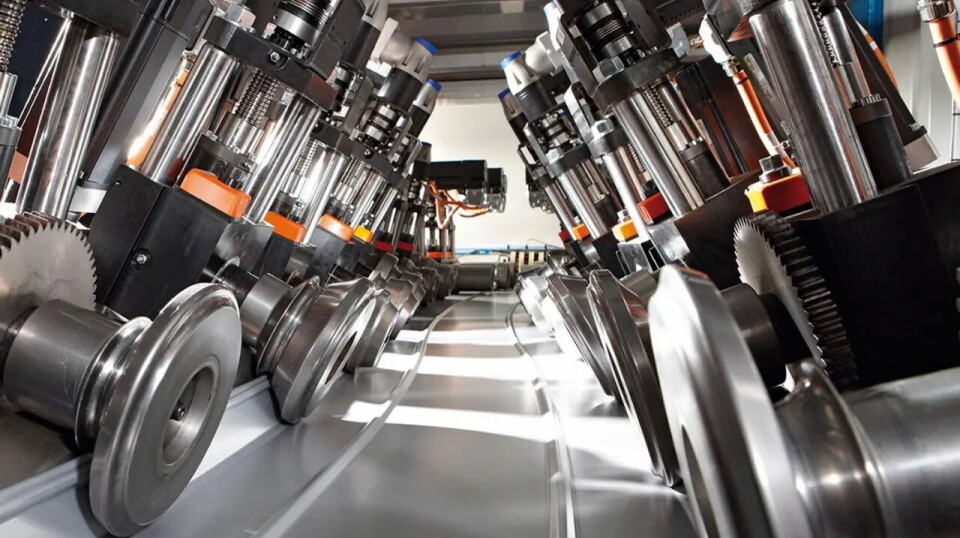
SSAB demonstrates how advanced steels can cut weight, costs and emissions in automotive, offering strong competition to aluminium in EVs and beyond.
At SSAB’s Insight Day in Stockholm, the Swedish steelmaker gave a presentation to overturn an entrenched assumption: that steel is a material of the past in automotive production and design. Instead, the material manufacturer made the case that steel remains not just relevant, but indispensable. The argument rested on advanced high-strength steels, which combine chemistry, forming, welding and innovation to unlock new opportunities for vehicle manufacturing and design.
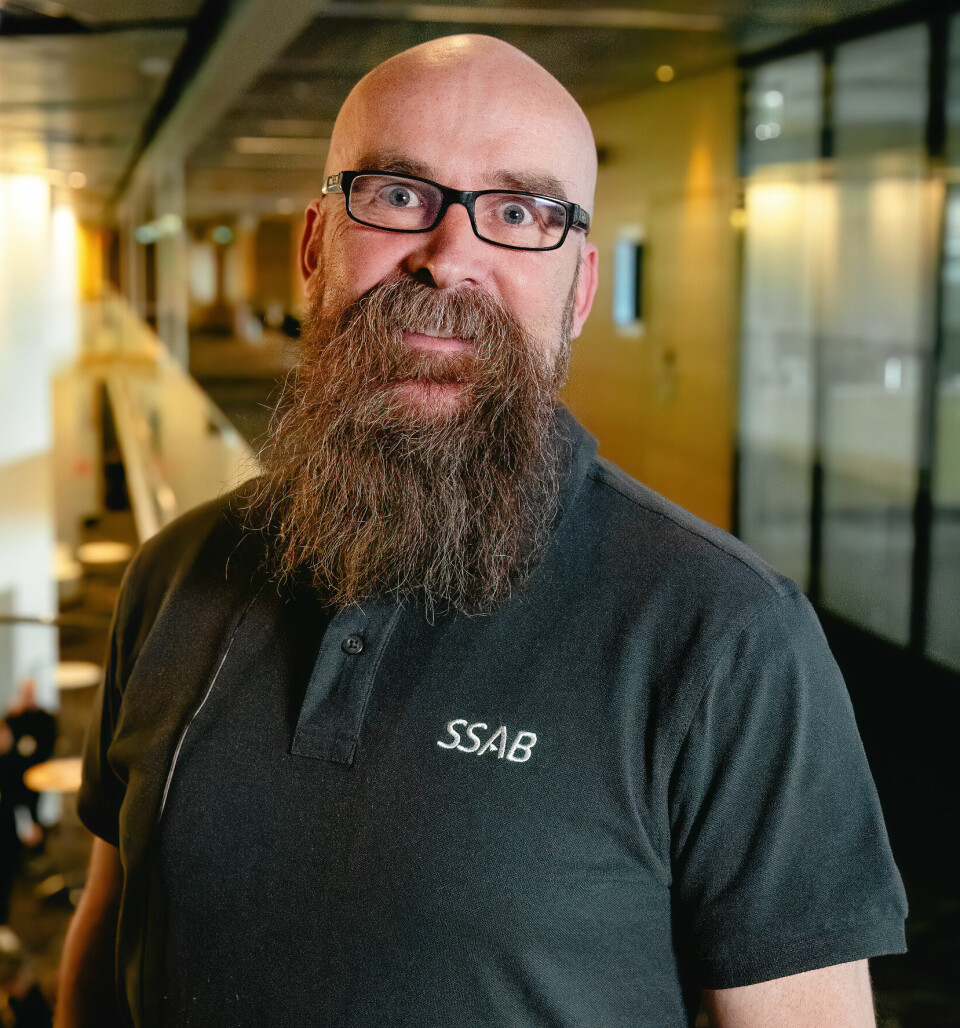
In a seminar titled, Transforming vehicle design: Real-world success with advanced steels, Manuel Otto, Business Development Mobility Manager at SSAB, highlighted the company’s SSAB Docol product family.
The grades he cited – CR1220Y1500T-MS and CR1350Y1700T-MS – would seem esoteric outside metallurgy, yet their significance lies in a blend of strength, formability and weldability; properties critical to effective automotive production. These steels enable lighter, more integrated structures while retaining reliability in mass production.
Otto’s subsequent interview expanded on how such materials are reshaping both conventional and electric vehicles. “When we talk about advanced high-strength steels, the aim is always to achieve more with less,” said Otto. “With higher strength, you can use thinner material and reduce weight, which is great. If you add more elongation at the same strength level, you can also integrate more parts, which helps to simplify processes.
"Reducing weight also means using less steel, which also has clear sustainability benefits. So advanced high-strength steels bring a lot of advantages, a lot more than many automotive producers are aware of.” This claim strikes at the heart of the automotive dilemma: how to square structural safety with the demand for lighter, more efficient vehicles.
Welding, embrittlement and industrial pragmatism
The technical hurdles are formidable. In Stockholm, SSAB’s engineers explored the behaviour of steels in welds, particularly in the heat-affected zones where microstructures are vulnerable. Weakening here can undo the gains made elsewhere.
Two issues loom largest. Liquid metal embrittlement (LME) can lead to loss of weld strength and cause cracks when molten zinc penetrates the grain boundaries of steel during welding, while hydrogen embrittlement (HE) leads to delayed cracking long after the production line has receded into the background. In mass automotive production, these are not minor inconveniences but existential risks to quality.
We offer a genuine challenge to traditional aluminium solutions, particularly in terms of cost and sustainability
SSAB’s research has focused on minimising such vulnerabilities. Ensuring that martensitic steels – which are extremely hard, but have limited global formability– retain reliability at industrial scale is no small feat. Case studies presented at the seminar illustrated the progress. Ford Transit components, Nissan B-segment hatchbacks and door beam prototype parts from several partners as well as chassis and seat part prototypes showed that steels once confined to niche applications are now credible replacements for heavier or more costly materials.
The pragmatism here matters. In an industry where tolerances are measured in grams and microns, materials must not only be strong but manufacturable at volume.
The aluminium rivalry revisited
No discussion of steel in automotive is complete without reference to its chief rival: aluminium. For decades, the lighter metal has been favoured for electric vehicle (EV) battery enclosures, crash structures and reinforcements. Its strength-to-weight ratio and design flexibility allowed engineers to optimise for efficiency, particularly in vehicles where range is measured to the nearest kilometre.
However, Otto argued that this hierarchy is shifting. “One major benefit of steel is to be found in electric vehicles (EV) production and design, where engineers are always searching for solutions,” he explained. “Traditionally, battery boxes and reinforcements often relied on aluminium profiles. Aluminium used to offer the best solution with strong designs and flexibility in thicknesses and sizes, and it was difficult for steel to compete. That has changed.
“Now, we offer a genuine challenge to traditional aluminium solutions, particularly in terms of cost and sustainability. Steel might be slightly heavier - by a few hundred grams or so - but overall, the material is now in a position where it provides a very competitive solution.”
Here lies the crux of the contest. While aluminium still wins on absolute lightness, the margin is narrowing, and importantly, cost has become decisive. A few hundred grams of added weight is less critical than a price premium measured in dollars per kilogram. In an EV, the extra steel may marginally reduce range, but it also lowers cost and increases recyclability. For an OEM operating on thin margins, this calculation has become increasingly attractive.
Press hardening in steel solutions has already led to better crash performance, and there is still scope to improve. I don’t see an end to steel development – we are continuing to make progress.”
Steel’s trajectory: chemistry, processes and sustainability
The conversation at Insight Day did not stop at present applications. Otto emphasised steel’s serious capacity for further evolution.
“There is still room to increase strength even further, and that reality remains feasible, if not inevitable,” he said. “With steel, you can alloy with many different elements, so there is a wide field to explore through chemistry and heat treatment. For example, press hardening in steel solutions has already led to better crash performance, and there is still scope to improve. I don’t see an end to steel development – we are continuing to make progress.”
This open frontier of alloying and processing means that steel’s ceiling is not yet visible. Press hardening, in which sheet steel is heated and then rapidly cooled in the die, has already transformed crashworthiness. The next phase may see steels that combine ultrahigh strength with ductility, offering even greater integration of parts and reductions in weight.
Beyond performance, SSAB’s ambitions extend to sustainability. Already in 2023, SSAB launched SSAB Zero™, a line of products based on recycled steel and fossil free energy sources to minimise the carbon footprint. In a sector under pressure to decarbonise supply chains, this aligns directly with OEM strategies. For carmakers navigating regulatory pressure in Europe, the United States and China, such assurances are not ancillary but now central to supplier selection.
A message to the automotive industry
The wider context is one of disruption. Carmakers face twin pressures: electrification and decarbonisation. To many engineers, the materials question adds yet another layer of complexity. Otto closed his remarks with a note of reassurance. “Don’t be afraid. There are solutions, and we are prepared. We’ve done our homework and are ready to support you.” The message was clear. Advanced high-strength steels are not yesterday’s compromise but potentially, tomorrow’s platform.
Understanding steel, not standing still
Insight Day illuminated the fact that while composites and alternative materials command headlines, steel is evolving in perhaps less visible, but still, more consequential ways. The SSAB Docol family of steels, already in production across multiple vehicle platforms, is not a mere experiment but a viable manufacturing and commercial reality.
The symbolism is important. Steel has long been seen as the workhorse of automotive, functional but unglamorous. By emphasizing innovation in metallurgy, processing and sustainability, SSAB is reframing it as a forward-looking solution. In doing so, it challenges the assumption that new materials inevitably displace old ones.
For automotive manufacturers, the question is not whether to abandon steel, but how best to implement its untapped potential across design and production processes.


